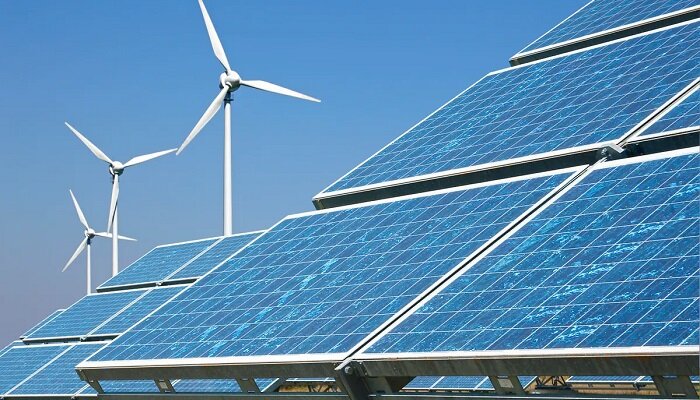The energy transition happens to be many things. It is a fundamental change in how utilities generate, transmit, and distribute electricity. It happens to be an embrace of new technologies as well as digital capabilities that are advanced. But at its core, the energy transition ultimately happens to meet the demands of the customer, especially as far as environmental sustainability and decarbonization are concerned.
For instance, in a recent international survey, 34,000 consumers were put up a question on how important is sustainability to them when it comes to selecting a service provider? Around 65% of the respondents suggested it as a top priority, with many in fact claiming that they look for evidence that the companies are actually serious about sustainability.
The customers’ prioritising sustainability also reflects in public policy; for example, in Minnesota, there was legislation passed requiring its utilities to make use of 100% carbon-free electricity by 2040, therefore joining more than 20 other states that have already gone on to embrace similar objectives.
It is well to be noted that the prospective workers also go on to demand climate action that looks meaningful. One in every five UK adults has gone on to reject a job offer as they were not satisfied with a company’s policy pertaining to ESG commitments, as per a survey from KPMG. Numerous American workers were more likely to offer their consent for a job with an employer with a strong environmental record, according to the survey. More than 10% of the millennial respondents to the survey revealed that they would be willing to take a pay cut so as to work in an environmentally sustainable setup.
Utilities have been tasked with the hard work required to build a decarbonized and sustainable future. They must make, monitor, and report the critical investments when it comes to delivering what the customers have always sought, which is the safety and reliability of the grid at reasonable rates. Making these essential investments depends on justifying rates that are charged to customers in regulated utilities. Delivering on decarbonization depends on the business model linked to sustainable utility that one has built around transparent and real-time data that can be shared across stakeholders that include regulators, auditors, employees, investors, and customers.
Most utilities have not elevated their tools as yet to proactively account for sustainability investments as well as operations, safety, and reliability. According to Chief Growth Officer at Utegration, Maureen Bolen, many organisations rely on a third-party system that’s expensive, use tedious Excel spreadsheets, or a combination of both. This means that while performing the work in the field, whether it is related to capital, operations, or maintenance that was approved a long time ago, there is absolutely no idea whether one is in the lifecycle of that financial asset.
The lack of transparency when it comes to utility investment costs does have ramifications. Various regulated utilities cannot communicate the costs associated with the infrastructure investments that support decarbonization, which in turn exposes them to the risk of not being able to monetize the investments. As per Bolen, when the utilities defend their rates to the public utilities commission, they will obviously go on to get challenged to get the nod without being able to communicate the benefits of decarbonization that are measurable.
At present, the data pertaining to investments is spread across numerous systems that are poorly integrated and suffer from loads of data lag. As a matter of fact, they cannot get the information that they need in real-time, thereby threatening their rate recovery.
Notably, there is an alternative solution that eradicates the reason to rely on Excel spreadsheets as well as a range of disparate systems. For example, Finance4U from Utegration goes on to create a single truth source for financial as well as regulatory reporting inside the system. Instead of this effort, which is time-consuming, labour-intensive, and prone to errors, Finance4U utilities go on to do everything within the ERP.
Just imagine, for instance, that a utility goes on to invest in an energy storage system so as to integrate further variable renewable generation such as wind as well as solar. Energy storage is a physical and also a financial asset, which has a cost linked with its development and construction. According to Bolen, that financial asset happens to be within the ERP construct that communicates everything that’s done to the asset physically, thereby collecting costs. Bolen added that they create the financial asset as well as manage it within Finance4U. This means that one is able to monetize the entire work that’s been done at a rapid pace and, hence, can get into the rate base rapidly and begin returning the cash to the business.
Finance4u goes on to track in real time the assets that are under construction, including the allowance for use during construction, thereby moving that construction cost to the plant more efficiently in less time. This helps enable the utilities to shift from reactive to proactive accounting. For example, the month-end batch posting as well as reconciliation are replaced by transactions that happen to be in real time.




































